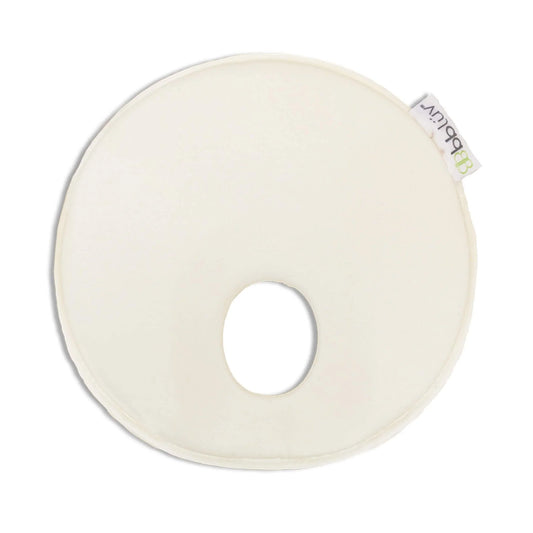Signs Your Little One Is Ready for a Single Nap
As your baby grows, the hours of daytime and nighttime sleep he needs decrease. You can expect that between 13 and 18 months of age, your little one will show signs that it's time to transition from two naps to one. Before you eliminate a nap from your baby's routine, it's important to identify these cues so you don't get ahead of yourself and adjust his sleep windows based on his need for rest.
How to recognize the moment to switch from 2 to 1 nap?
Your little one may show all of these signs together or just one or two. The important thing is to pay attention to them to make sure he is really ready to remove a nap from his bedtime routine. Because if your baby is not ready yet, it can affect his sleep in the short term. The most common signs are:
1. He refuses to sleep
You notice that for a couple of weeks your baby has trouble falling asleep either during the day or at night.
2. Problems with the second nap
Your little one consistently resists the second nap for a week or two.
3. Experience short naps
He manages to fall asleep, but wakes up from his nap after 30 or 40 minutes and is unable to get back to sleep.
4. He goes to bed late at night
To get two naps in, you notice that your baby's bedtime has started to move up and is getting later and later.
5. Night awakenings
Your baby wakes up at night for no apparent reason , more than usual.
6. He became an early riser
He starts waking up very early in the morning and he didn't do that before.
If your baby is 12 months or younger and you start to notice any of these signs, try shortening the morning nap to help him maintain his two-nap routine . Before 13 months, transitioning to a single nap could be premature.
On the other hand, keep in mind that every child is different and so are their sleep needs. If your baby is sleeping just one nap before 13 months and everything is going well, then don't change anything!
How to help your baby transition to a nap?
If you see that your little one is ready to eliminate a nap, you can make the transition gradually. The goal is to have that hour of daytime rest be roughly in the middle of the day . You can have him sleep between 12 p.m. and 1 p.m., just 5 or 6 hours after he wakes up in the morning.
Keeping your baby awake for five or six hours may seem like a sudden change if it was only three hours before, which is the norm for a two-nap routine. Instead of making this transition all at once, gradually delay your baby's first nap . For example, add 15 to 30 minutes to his sleep window, or the amount of time your little one can be awake.
Generally, eliminating a nap is a transition and does not happen overnight . There will be days when your baby will take both naps and other days when he will only need one.
Making sure your little one gets age-appropriate daytime sleep actually helps determine how he or she will sleep at night, and even his or her ability to fall asleep more easily at bedtime.









